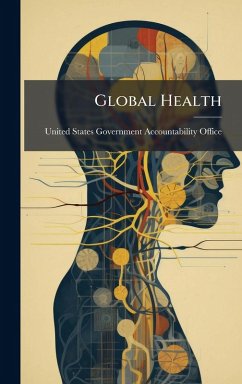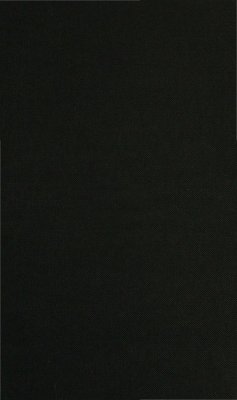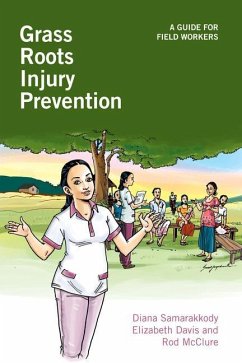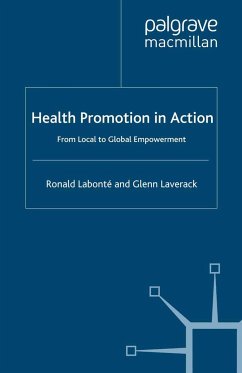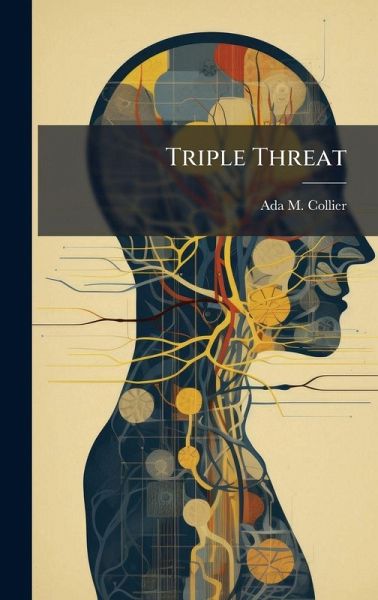
Triple Threat
Versandkostenfrei!
Versandfertig in über 4 Wochen
25,99 €
inkl. MwSt.
Weitere Ausgaben:

PAYBACK Punkte
13 °P sammeln!
Military forces in Sub-Saharan Africa, including peacekeepers, rank among the highest population groups most affected by sexually transmitted infections (STIs), including HIV. These individuals are called upon to protect national security from threats such as terrorism, crime, internal and external conflict; serving at home and across national borders. For armed forces personnel, several key factors make them vulnerable to STIs: the work environment, mobility, and age. These risk factors expose all the population to HIV/AIDS infection, military and civilians. According to the Joint UN Program ...
Military forces in Sub-Saharan Africa, including peacekeepers, rank among the highest population groups most affected by sexually transmitted infections (STIs), including HIV. These individuals are called upon to protect national security from threats such as terrorism, crime, internal and external conflict; serving at home and across national borders. For armed forces personnel, several key factors make them vulnerable to STIs: the work environment, mobility, and age. These risk factors expose all the population to HIV/AIDS infection, military and civilians. According to the Joint UN Program on AIDS (UNAIDS), soldiers are two to five times more likely to contract STIs than the civilian population. In fact, during conflict, the rate of STI infection can increase significantly. HIV/AIDS pandemic in Sub-Saharan Africa represents an obvious danger to security; if left unchecked, could compromise military effectiveness, which could then lead to instability within the region. This work has been selected by scholars as being culturally important, and is part of the knowledge base of civilization as we know it. This work was reproduced from the original artifact, and remains as true to the original work as possible. Therefore, you will see the original copyright references, library stamps (as most of these works have been housed in our most important libraries around the world), and other notations in the work. This work is in the public domain in the United States of America, and possibly other nations. Within the United States, you may freely copy and distribute this work, as no entity (individual or corporate) has a copyright on the body of the work. As a reproduction of a historical artifact, this work may contain missing or blurred pages, poor pictures, errant marks, etc. Scholars believe, and we concur, that this work is important enough to be preserved, reproduced, and made generally available to the public. We appreciate your support of the preservation process, and thank you for being an important part of keeping this knowledge alive and relevant.



